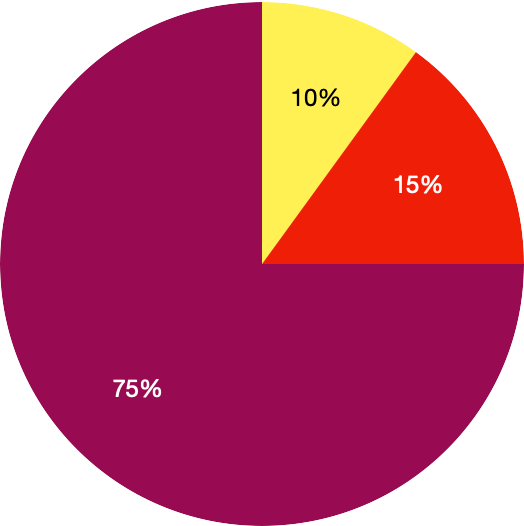Substrate Independent
A historically justified approach to color from colorant formulation has the significant disadvantage that one ink printed on different substrates will look different. The influence of the substrate is sometimes radical and can make one thing produce vivid, saturated tones (e.g., papers used for photo prints or premium prints). In contrast, cheap, uncoated papers will make the same ink noticeably different. Contemporary mixing plants, however, are not doomed to use only a balance to prepare paints based on a rigidly defined recipe. Standard equipment is a spectrophotometer and analytical software enabling the creation of recipes on demand. The system was extended for printing applications with miniature devices to test ink printing on a selected substrate.
| Substrate-dependent Color Libraries |
|||||
| Substrate | Coated | Uncoated | Coated | Uncoated | |
| Ink formulation |
 |
 |
 |
||
| Sample | 206 C | 206 U | 8R3.44 | ||
| sRGB | #D90039 | #E34668 | #D70039 | ||
| L | 44.2 | 53.7 | 44.2 | ||
| a | 76.1 | 62.4 | 74.5 | ||
| b | 31.7 | 16.2 | 32.1 | ||
| ∆E76 | 22.8 | ||||
| ∆E00 | 11.5 | ||||
This example shows the main difference: ChromaSpot is substrate-independent, and an ink formulation is adopted to get the best match for reference for every color sample/substrate combination. Real-world substrate-related libraries use substrates more or less but are different from the reference substrate used for their definition. Finally, for more demanding jobs, ink formulations are also corrected in the case of substrate-dependant libraries. The initial idea to keep formulation fixed is practically historical only.
Independent of post-production finishing (lamination, varnishing, etc.)
The printing substrate, as well as lamination or varnishing, for example, should not affect the color - at least from the point of view of the designer or brand owner whose products may be subject to various refinements based on different technologies. Of course, from a technical point of view, the color will change after lamination, and the type of foil used will make these changes go in a different direction - sometimes enhancing the brightness or saturation and sometimes reducing it. The color itself may also be subject to change. Generally, post-production can have a substantial impact on the gamut.
Based on the ChromaChecker Spot Scan Match technology, Chromaspot library samples can be successfully printed using any post-production process. When using digital printing machines, the entire process of printing an ultra-precise print takes several dozen minutes - and the time is related to the finishing technology.
For more details, please follow additional articles here.